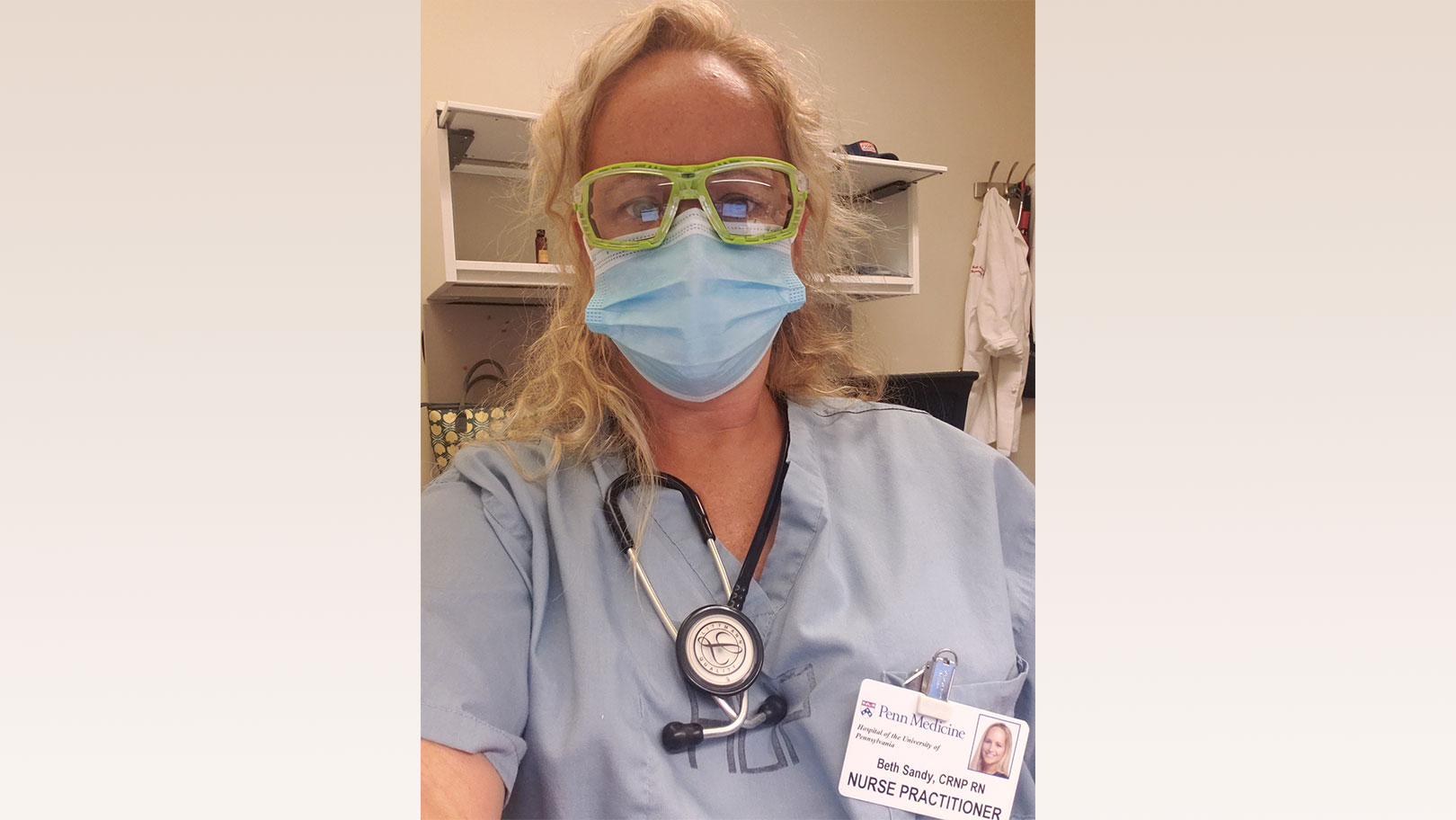Communication while wearing personal protective equipment (PPE) is a challenge, especially in the field of oncology, where the information being communicated between patients and their providers is often critical and life altering. Historically, prior to the COVID-19 pandemic, oncology providers were accustomed to face-to-face visits without PPE covering our or our patients’ faces, and we could rely on facial expressions and nonverbal cues. In thoracic oncology, PPE is especially important because our patients often have a frequent cough, significant mucus, or heavy breathing, making people around them concerned about whether the patient is displaying COVID-19 symptoms, as well as about increased risk of exposure due to the aerosolizing nature of a frequent cough. Now, a frightened frown, a comforting smile, an angry smirk, or a painful wince are often muted by the facial coverings we are wearing, making our ability to effectively communicate with our patients, and for them to communicate with us, very difficult.
Complicating the communication aspect is the fact that, given the poor prognosis of lung cancers in general, the way we deliver information to our patients is rehearsed and practiced to be as thoughtful and compassionate as possible. How can we, as thoracic oncology providers, demonstrate effective, compassionate, and understandable communication while donning restrictive and concealing PPE?
Practicing New Scripts, Enhancing Paperwork Can Make a Difference
Kham Kidia, MD, and Amrapali Maitra, MD, two internal medicine residents, wrote a blog post about this topic on the KEVINMD website.1 In their post, they outlined some behaviors that they observed while practicing inpatient care during the pandemic, as well as their suggestions to improve communication, which contain many pearls for our everyday practice. The Table summarizes some of their recommendations, with some additions gained from my personal experiences.
Although there is no perfect way to communicate with patients while wearing PPE, there are strategies that we, as thoracic oncology providers, can institute to improve our message. This is a tenuous and frightening time for both patients and providers, and any way to facilitate compassionate communication should be considered to provide the best care to our patients.
Table. [AW1] Suggestions to Improve Patient Communication During the COVID-19 Pandemic1
|
Make Use of Technology |
|
|
Have Sensitive Conversations in Person |
|
|
Make Good Eye Contact |
|
|
Speak Loudly but Gently |
|
|
Consider Physical Contact |
|
|
Improve the Message/Put a Face on the Care |
|
|
Practice |
|
Kidia K, Maitra A. Connecting through PPE: patient communication during COVID-19. https://www.kevinmd.com/blog/2020/05/connecting-through-ppe-patient-com…. Accessed July 13, 2020.






